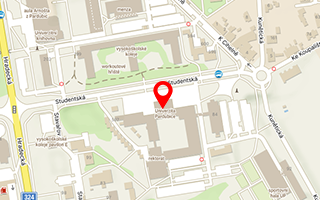Publikace detail
Lattice modelling of substandard RC beam-column joints considering localization issues
Autoři:
Demirtaş Yunus | Yurdakul Özgür | Avşar Özgür
Rok: 2023
Druh publikace: článek v odborném periodiku
Název zdroje: Structures
Strana od-do: 2515-2530
